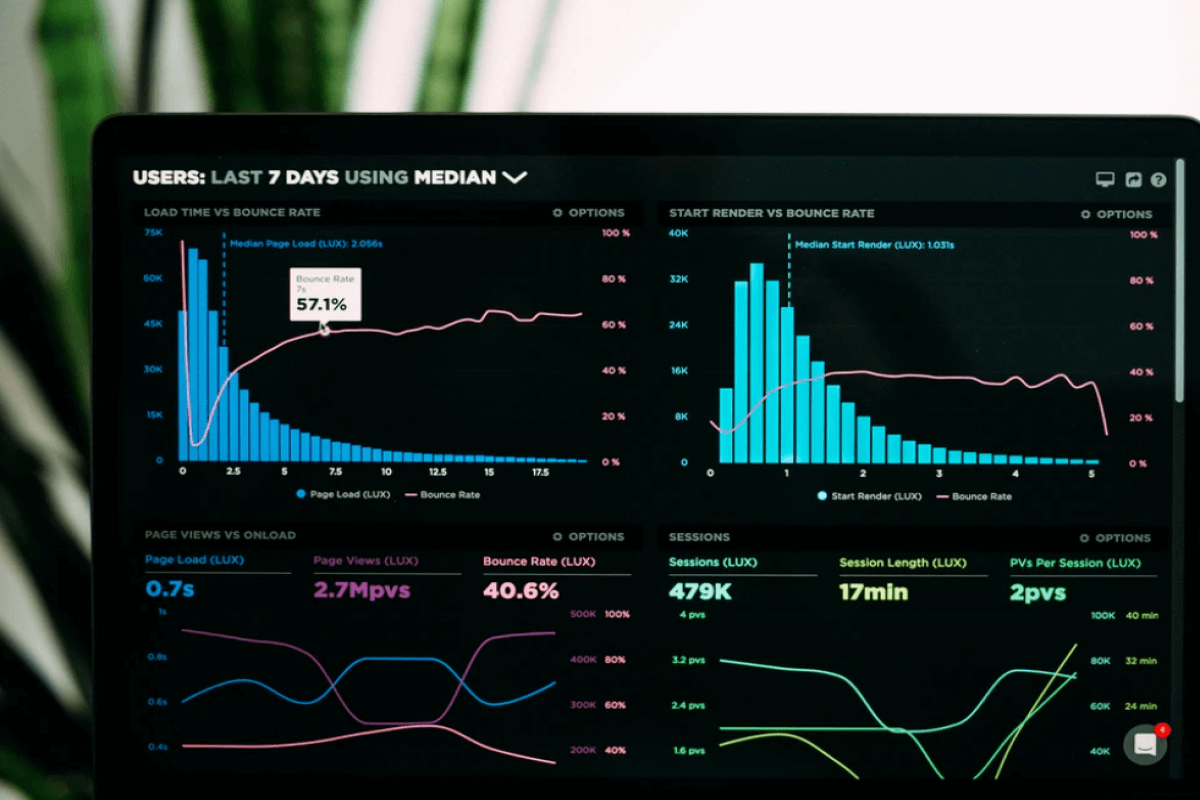
Changes are almost certainly on the horizon for estate and gift taxes, and these changes have generated a renewed interest in the Spousal Lifetime Access Trust (SLAT).
The current lifetime estate tax exemption is $12.92 million for individuals or $25.9 million for married couples. The Tax Cuts and Jobs Act of 2017 set this amount, but the change wasn't permanent. Absent tax reform changes, on January 1, 2026, the exclusion amount is scheduled to "sunset," reverting to the 2017 limit of $5 million per person or$10 million per married couple, adjusted for inflation.
With uncertainty over whether lawmakers will extend the higher exemption amount, let it sunset, or push through more extensive changes to estate and gift tax laws, accountants and advisors are re-evaluating a SLAT as an estate planning tool.
What is a spousal lifetime access trust?
A SLAT is an irrevocable trust that allows one spouse (the donor spouse) to gift assets to a trust to benefit the other spouse (and potentially other family members), thereby removing the assets from their combined estates. Because the donor spouse funds a SLAT with gifts made during their lifetime, any subsequent appreciation in the value of the assets takes place in the trust and is excluded from the value of the estate for federal estate tax purposes.
This is the simple answer, but it's important to dig deeper because while they're popular, there are several factors to consider when forming and funding the SLAT.
How does a spousal lifetime access trust work?
A spousal lifetime access trust works in a relatively straightforward manner. Once the donor spouse establishes the trust, they fund it with a gift. This gift is not taxable because the donor spouse uses their lifetime gift and estate tax exemption when transferring assets to the SLAT.
While a SLAT is an irrevocable trust, the donor spouse may still indirectly benefit from it as long as they remain married to the beneficiary spouse. They achieve this indirect benefit because the beneficiary spouse can request distributions from the trustee to maintain their standard of living. Those distributions can come from income or principal.
Though distributions are available, most advisors recommend that the beneficiary spouse not request them unless necessary because any distributions are reintroduced to the taxable estate—at least until they're spent. Upon the beneficiary spouse's death, the trustee transfers any remaining assets to the remaining trust beneficiaries—typically children or grandchildren. These transfers can happen outright or in the form of another trust. Either way, the transfer is free from estate taxes, making a SLAT an attractive tool for estate planning purposes, particularly in an environment of uncertain tax laws.
Avoiding mistakes when forming and funding the SLAT
There are several key factors to consider when setting up and funding a spousal lifetime access trust (SLAT). Some of these considerations relate to the initial set-up process, while others are important to keep in mind throughout the lifetime of the SLAT. Keeping these factors in mind can help ensure that a SLAT is an appropriate tool for your clients' unique estate planning needs and can meet their financial goals. Avoid mistakes and financial pitfalls by considering these factors:
Divorce or death of the beneficiary spouse
Since the primary beneficiary of a SLAT is typically the donor's spouse, the marriage's long-term stability and the beneficiary spouse's life expectancy needs to be a factor when planning. If the couple divorces or the beneficiary spouse dies, the donor spouse no longer has indirect access to the trust assets—the trustee distributes them to the other beneficiaries.
Choosing an appropriate trustee
A non-donor spouse can serve as a trustee of the SLAT. However, spouses might want to consider appointing an independent co-trustee. A beneficiary trustee who makes distributions to themselves for things other than health, education, maintenance or support can trigger the inclusion of the SLAT’s assets in the taxable estate, potentially undoing the donor spouse’s intent.
Understanding gift tax consequences.
The donor should fully understand that funding a SLAT uses up a portion of their lifetime gift and estate tax exemption. Overfunding may lead to potential gift tax liability. Also, you may need to file a gift tax return (FORM 709) when the SLAT is funded, depending on if it uses gift-splitting or large exemption amounts.
Potential for trust cloning
While two spouses can create SLATs for the benefit of each other, it's essential to avoid the 'reciprocal trust doctrine.' This rule applies when the IRS could argue that the two trusts are identical. When this happens, the IRS can undo the trust and include the assets in each spouse's taxable estate.
Avoid having the IRS apply the reciprocal trust doctrine to your clients' SLATs by ensuring the trusts are significantly different from one another, whether by naming different beneficiaries, timing deposits and gifts differently, or funding them from different sources.
Asset selection
The type of assets clients use to fund the trust can significantly impact its performance and tax efficacy. It's usually beneficial to fund the trust with appreciating assets. However, a donor spouse cannot transfer assets owned jointly by the two spouses to the trust. This can cause additional complexity—especially in community property states.
Impact on the couple's lifestyle
The beneficiary spouse must understand that they will not have unfettered access to the trust assets—the beneficiary spouse can only request distributions for health, education, maintenance or support.
Beneficiaries lose step-up basis
Assets in a SLAT do not receive a step-up in cost basis upon the donor's death. Beneficiaries should be aware of the potential capital gains tax consequences if they intend to sell transferred assets.
Learn about the Spousal Lifetime Access Trust and more with our CPE courses
While the SLAT can provide estate planning benefits for some clients, there may be better options available. As a trusted advisor, being familiar with various estate planning tools and strategies is crucial to working with attorneys to help clients create their plans and understand the tax implications.
Becker's CPE courses can help you stay up to date on current legislation, regulations and best practices. Take the next step with the following courses:








